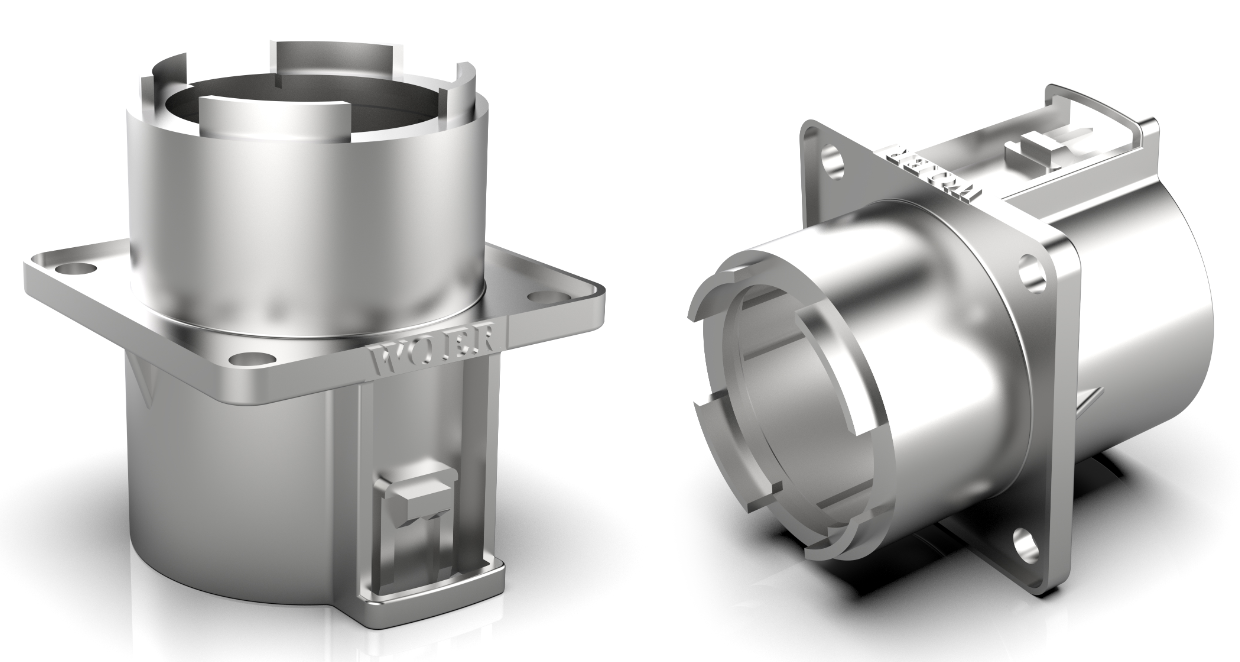What is the heat content of aluminum alloy die casting processing?
Release time:2024-05-10
What is the heat content of casting-china.com' target='_blank'>aluminum alloy die casting processing?

1. Annealing treatment
The aluminum alloy die casting is heated to a higher temperature, generally about 300 ° C, and after holding for a certain time, the process of cooling to room temperature with the furnace is called annealing. The solid solution decomposes in the annealing process, and the second phase particles gather, which can eliminate the internal stress of the casting, stabilize the size of the casting, reduce deformation and increase the plasticity of the casting.
2. Aging treatment
The process of heating the solid solution casting to a certain temperature, holding it for a certain time, and slowly cooling it to room temperature in the air is called timeliness. If aging strengthening is carried out at room temperature, it is called natural aging strengthening, and if aging strengthening is higher than room temperature and held for a period of time, it is called artificial aging. The spontaneous process of decomposition of supersaturated solid solution is treated in time to restore the lattice of alloy matrix to a relatively stable state.
There is a kind of artificial aging: artificial aging can be divided into three categories: incomplete artificial aging, complete artificial aging and over-aging. Incomplete artificial aging is the use of lower aging temperature or shorter holding time to obtain excellent comprehensive mechanical properties, that is, high strength, good plasticity and toughness, but corrosion resistance may be relatively low. Complete artificial aging is the use of higher aging temperature and longer holding time, to obtain the maximum hardness and tensile strength, but the elongation is low. Obsolescence is carried out at higher temperatures. At this time, the alloy maintains a high strength and improves plasticity, mainly in order to obtain good stress corrosion resistance. In order to obtain stable structure and geometry, aging should be carried out at higher temperatures. The obsolete effect is usually divided into stabilization treatment and softening treatment according to the requirements of use.
3. Hot and cold cycle treatment
After the cold and hot cycle treatment of the casting, due to multiple heating and cooling, the solid solution lattice contraction and expansion, so that each phase lattice is slightly displaced, so that the second phase particle is in a more stable state, so as to improve the stability of the casting size, suitable for the manufacturing of precision parts.
Aluminum alloy die-casting has no brittle fracture tendency at low temperature. With the decrease of temperature, the mechanical properties have some changes, the strength has increased, but the plasticity is very small. Therefore, sometimes in order to reduce or eliminate the internal stress of castings, castings or castings after quenching can be cooled to a temperature of -50℃-70℃ or lower, and kept for 2-3 hours, and then heated to room temperature in air or hot water, or artificially aged.
4. The solution treatment heats the casting to the highest possible temperature, close to the melting point of the eutectic, keeps it at this temperature for a long enough time, and then cools quickly to maximize the dissolution of the strengthened elements. This high temperature state is fixed at room temperature and is called solution treatment. Solid solution treatment can improve the strength and plasticity of castings and the corrosion resistance of alloys .










